Today’s Stack Overflow is a little different–instead of just books, I’ve thrown in some games, toys, and even apps. In light of last week’s news, I think it’s even more important to encourage kids to keep tinkering and exploring STEAM (Science, Technology, Engineering, Art, Math). It’s pretty awesome, really, that there are so many ways to get kids thinking scientifically and encouraging them to experiment. Sometimes it’s just about presenting characters that demonstrate engineering skills or critical thinking, showing kids that it’s okay to be a geek.
Here are several examples of things that get my kids excited about STEAM.
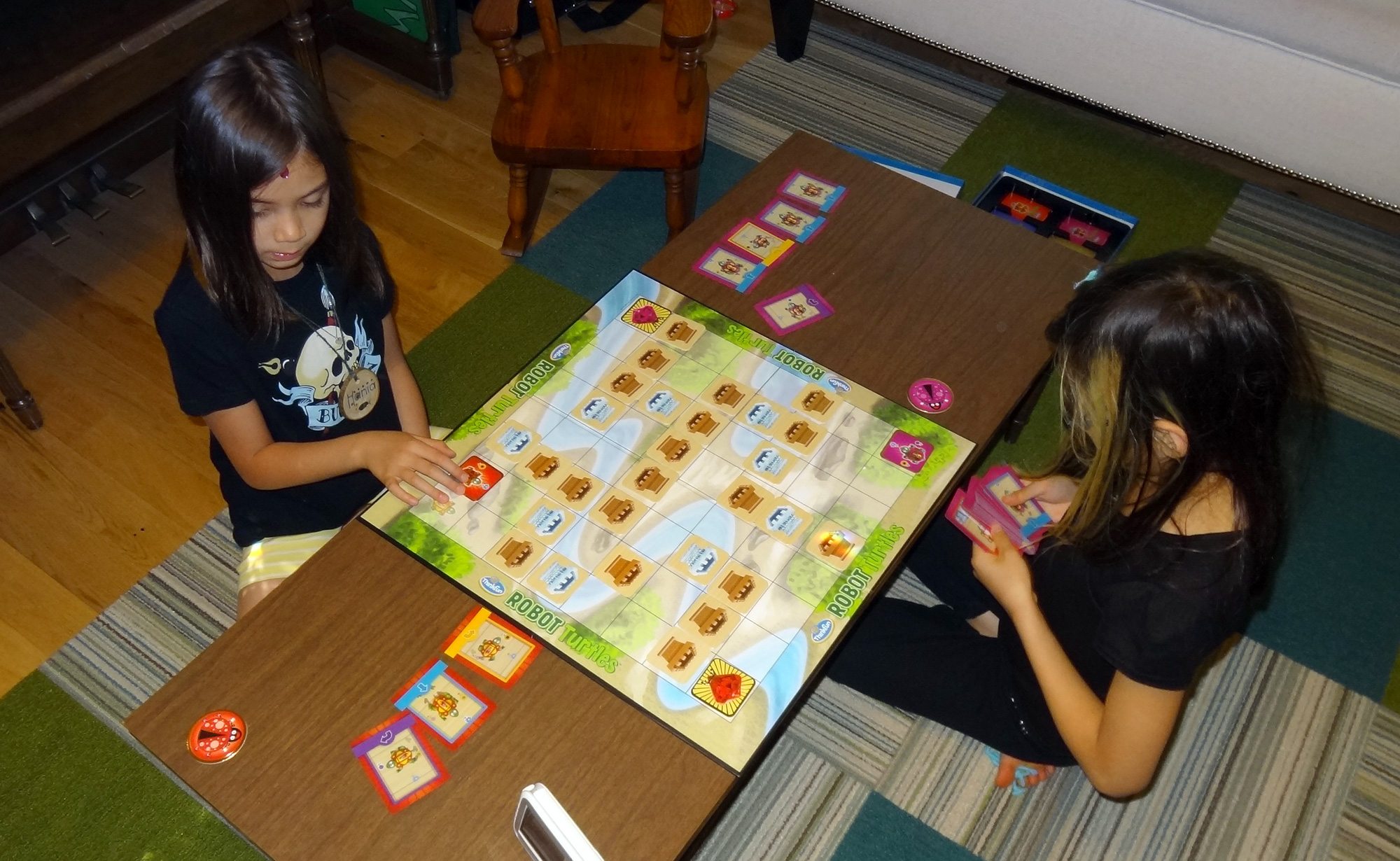
Robot Turtles may not have invented the idea, but it definitely had a significant impact in promoting programming for younger kids. I’ve written about it before so I won’t go into too many details, but it provides a very basic foundation in thinking about ordered instructions, plus the more advanced idea of functions. My kids are a bit old for this now, though there are also instructions for playing a competitive game that’s similar to Robo Rally.

Code Master Programming Logic Game
After mastering Robot Turtles, another great puzzle game from ThinkFun is Code Master. You’re given a series of maps, and you have to move your character from the start space to the portal, picking up any crystals on the board and arriving at the portal when your program has run completely. Each map has several different levels of difficulty; early levels just involve moving along the colored lines in the correct order, but advanced levels introduce logic gates.
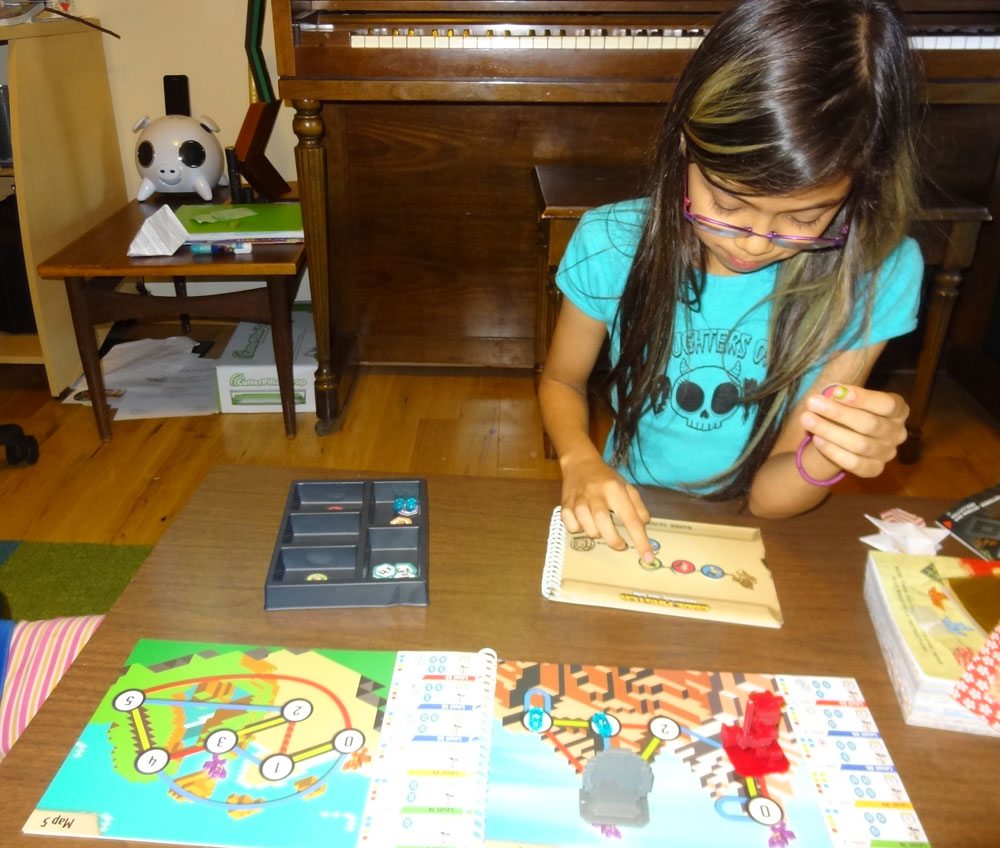
Code Master provides a cool way of thinking about programming that uses a sort of flowchart system. There are “while” loops and “if-then-else” conditional branching, but introduced in a puzzle without the jargon. There are 60 levels in all, with gradually increasing complexity. This one’s a winner–though I will mention that the plastic avatar and portal tokens are pretty large and can obscure the smaller paths on the maps.

Secret Coders by Gene Yang & Mike Holmes
Secret Coders is a graphic novel about some kids at Stately Academy, where there are some weird things going on. Like, what’s with the creepy 4-eyed birds? Why are there “9”s painted all over the place? And what’s with the big padlocked doors? As the kids uncover the mysteries, the reader learns about binary numbers, Logo programming, and, as it turns out, a little bit of Mandarin.
As Hopper and her new friend Eni discover, there’s a whole new world hidden at the school, and code is what opens the portal to it–literally. Throughout the book there are a few places where Hopper will stop and let the reader try to figure out a solution before continuing. The first book will be out next week, with a second one coming next year. You can find out more (and get some activities) at the Secret Coders website. My only complaint is that I wish there were more.
Space Dumplins by Craig Thompson
Craig Thompson is known for his huge graphic novels like Blankets and Habibi, but he got his start with a kids’ book. He made his return to a kids’ story with Space Dumplins, and although it’s not quite as huge as his books for older readers, it’s still a whopper of a comic at 320 pages. Violet is a little girl living among the asteroids, where her dad is a sort of space trucker, harvesting space whale poop for fuel. But when he goes missing, Violet sets off on a rescue mission, along with two unlikely friends.
Space Dumplins doesn’t teach STEAM directly, but it does show a determined girl who is surrounded by engineering and machines. She’s resourceful and has good problem-solving skills, despite being young and somewhat impulsive. It’s also just a wild ride of a story, peopled with bizarre characters and central mystery that will hook you and your kids.
This one’s another book that doesn’t teach any specific STEAM lessons, but does show a little girl who is totally comfortable with a toolbox. She discovers and befriends a little robot that fell off a delivery truck into the junkyard where she likes to hang out, and together they deal with the big robot sent to retrieve it. The book only has a little bit of dialogue in it–the robot doesn’t speak English and there aren’t a lot of other people in the book–but Hatke does a great job of showing this tale of friendship through the action (and there’s plenty of action!).
Let me shift gears a little: Earth Primer is an app that at first glance looks like a digital book about the Earth. However, although it has chapters and sections and text like a book, it’s filled with interactive features that let you explore how mountains and volcanoes are formed, or what happens when tectonic plates meet, or how terrain affects the weather.
The app is packed with a tremendous amount of information as you can see from the index screenshot above, but it’s also gorgeously illustrated. It’s an amazing way to learn Earth science, both what’s inside and what’s on the surface. Currently it’s only available for iPad, but you can sign up for a mailing list to be notified about other formats in the future. Visit the Earth Primer website for more.
Machineers – iOS, Android, Steam
Machineers is a puzzle-based game that’s all about machines. You play a robot who goes around helping various other robots repair machines. Some require putting in belts, or running wiring between the correct modules. The storyline is a little quirky, but the puzzles are pretty great.
For instance, this one above challenges you to get all of the letters to light up at the same time–there are little rotating gears that will hit the buttons, and you have to figure out how to rotate them so that they’ll hit all the buttons simultaneously. Most of the puzzles in Machineers are about mechanical aptitude, and it’s cool to let kids get inside a machine and figure out how it runs.

A couple weeks ago I mentioned the new Netflix series Project Mc², a miniseries designed to show tween girls that being smart is cool. To go along with the show, there’s a collection of dolls, with a couple versions of each character. I got a few samples, which my daughters have been playing with. They’re all wearing outfits that were seen on the show, and although they still have that super-skinny, long-leg look of many other dolls, the packaging really pushes each character’s personality and area of expertise. And since my daughters have watched the show, they know more about the characters.

There are stand-alone dolls, and some that come with some “experiments” you can play around with. My daughters particularly liked the lava lamp that came with McKeyla McAllister–you just mix colored water and vegetable oil, and then drop in a piece of Alka-Selzer tablet, and then turn on the little light. It’s cute, though not all of the toys really promote the scientific method. We did have to experiment a little bit with the ratio of water to oil and the amount of food coloring, but the other doll’s “glow necklace” was simply colored seltzer water with a light bulb.
I’ll mention that although you can get the same characters with and without experiments (in different outfits), the ones without the experiments are also a little less versatile, with fewer joints that bend. The Adrienne doll pictured above can’t bend her elbows, wrists, knees, or ankles, but the Bryden doll can.

Flipsies are a new toy line from Vtech, and although they don’t teach your kids about STEAM directly, they are meant to inspire kids–particularly girls–to dream about what they might be. Each doll can change outfits (and hairstyles), plus they come with accessories (either a big playset or a small peripheral) that transforms from one mode to another. For instance, Sandy (pictured above) has an Ocean Cruiser that transforms into a house, and her dream job is a marine biologist. The various girls from the line want to be things like a rock star, a baker, a doctor, a teacher, and a baker, so there’s a variety. Of course, there’s also one who wants to be a princess–good luck with that, Grace.
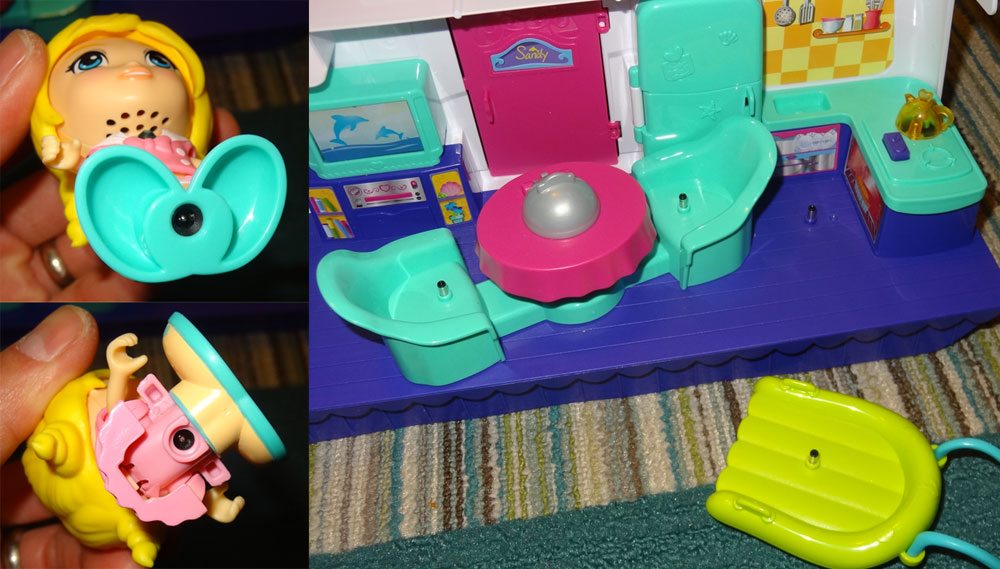
The doll itself can talk–it has a little light-up gem on its chest that you can push for a few phrases, but then the doll also plugs into various “MagicPoint” spots on the boat, the raft, and other pieces of the playset, with phrases that correspond to each one. (Yes, there’s a hole in the doll’s bottom. Ha, ha, now grow up.) Apparently if you have two dolls sitting at the table, they’ll talk to each other, too.
All three of my daughters have had fun playing with Sandy, but especially my toddler, who has figured out how to put Sandy onto the various spots to make her talk. I did, however, hide the very tiny plastic forks and knives that came with the set–I’m not too worried about her swallowing them, but they’d pretty much be lost immediately.
Of course, this is just a very short list of things that teach STEAM concepts or encourage kids not to be afraid of math and science. There’s a bunch more out there, and it seems like there are more every day.
What are some of the ways your kids are exploring science?
Disclosure: I received samples of the products in this column for review purposes.


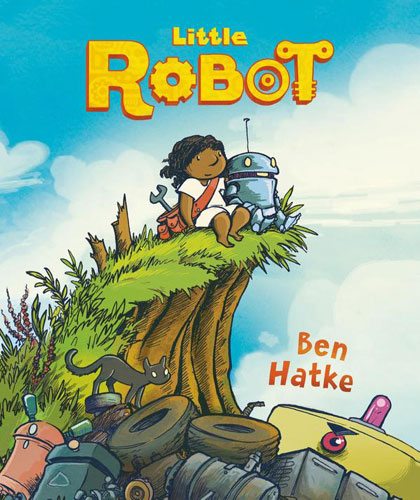
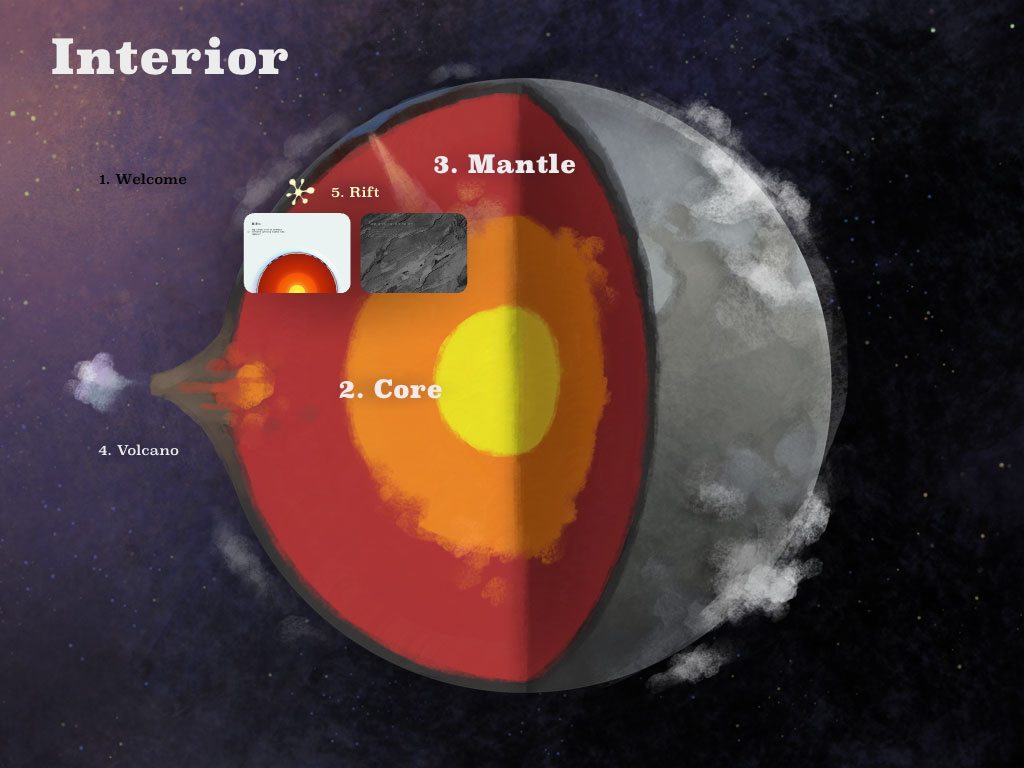

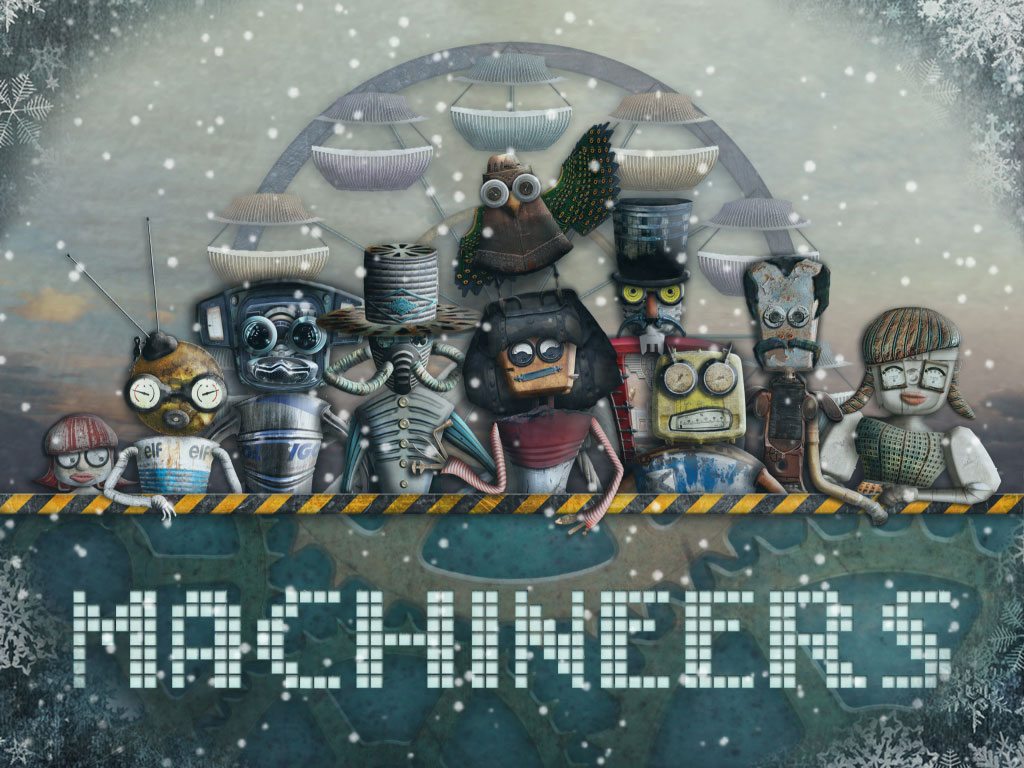





Truely impressive! You know what is also cool for home education? I heard about this new education box from Harvard called CubbyCase that looks amazing, too! Parents can be actively involved in the playing and learning process! Would be great if you reviewed them!
https://cubbycase.com